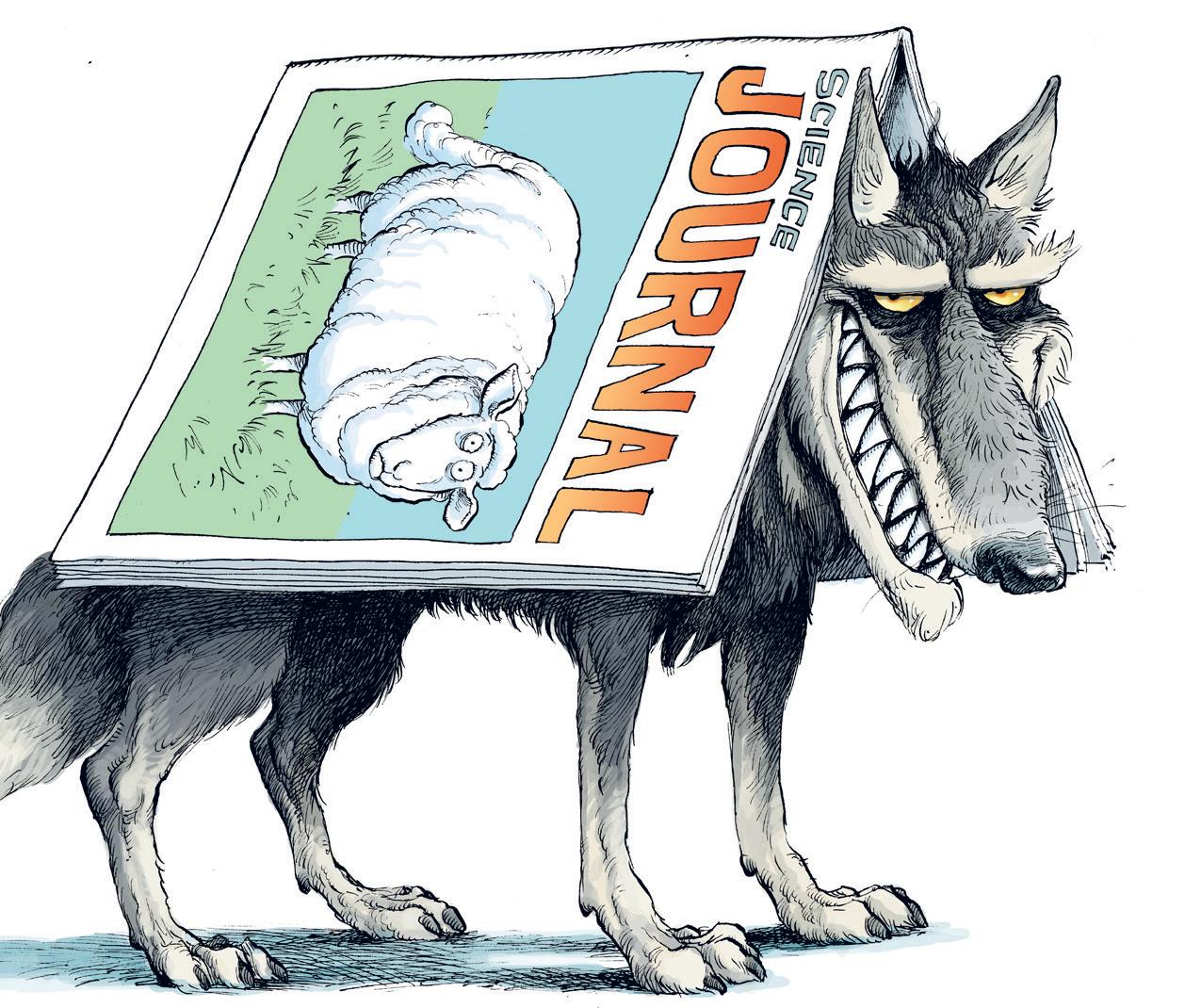
4 minute read
Messages from Ukraine
The war in words and pictures
– Unfortunately, the ways out of Mariupol are cut off and we are surrounded. I would come to Sweden with great pleasure, but as I said, no way out. But one day I will be the happiest person in the world to see all of you in person!
Advertisement
These words were written by Viktoriia on February 26 in Messages from Ukraine, a graphic novel with quotes from 13 young Ukrainians about the first weeks of the war.
Gregg Bucken-Knapp, Professor of Public Administration, had originally intended to put together a completely different book. – Since 2018, I have arranged two two-week courses within the programme Swedish Institute Academy for Young Professionals (SAYP). The programme aims to support young officials working on migration and integration in the Baltic Sea area, in the Balkans and within the EU Eastern Partnership. A couple of years ago I had the idea of asking the course attendees to participate in a slightly different book project. They were to write short personal vignettes about their work, which they would then reshape into a graphic story, working together with the editors and the illustrator. The work was already in progress when, on February 24, news reached us of Russia’s full-scale invasion of Ukraine.
Among those involved in the book project were several Ukrainians. Naturally, their colleagues at SAYP were concerned for their well-being. Gregg Bucken-Knapp emailed questions and offered to help,
GREGG BUCKEN-KNAPP
in the form of support if they wanted to come to Sweden. – Some of the Ukrainian attendees were in other countries, some were on the run, some had decided to stay and fight – whether in the civil defence or in the military was difficult to know. Of course, while we wanted to find out as much as possible about their situation, we did not want to bombard them with questions, when they were busy with their own situation.
Gregg Bucken-Knapp started to compile a schematic of where the Ukrainian colleagues were and where they were headed. At the same time, their various messages stirred his imagination. How was Olga doing, who fled from Kyiv to Lviv with her little gerbil? How could they help Oleksii who sent a wish list of medical supplies? And will Mariia manage to get herself to Poland with her young son? Working with Joonas Sildre, Gregg Bucken-Knapp started to think about how all of this could be depicted in text and images. – The book that we had already started on was temporarily set aside. Instead, we started working on Messages from Ukraine. While we really wanted to use the material that had been sent to us, the ethical aspect was important. Of course, in no way did we want to exploit these people, and were took care to ensure that everyone who participated really understood and accepted how the text and images would be used together.
Graphic novels and cartoons may be perceived as a frivolous way of presenting research on serious matters. But even though it is still unusual, the interest is growing for scientific findings where words and images are equal partners, Gregg Bucken-Knapp argues. – The book is being published by University of Toronto Press in their ethnoGRAPHIC series, which focuses on graphic cartoons, both as part of the research process itself as well as a way of engaging the public in a more accessible, open and aesthetically pleasing way. Interpreting other people’s interpretation of life is what we do as social scientists, and sometimes a picture can express a situation more effectively than any amount of words. For example, I think the final cartoon in Messages from Ukraine shows precisely what we all think of the war. It portrays a young girl with her fist clenched looking up at a bomber, shouting: “Stop this!”
Text: Eva Lundgren Photo: Johan Wingborg
Facts
Since 2018, the School of Public Administration has been arranging training modules under the SYPE programme (Swedish Institute Academy for Young Professionals), which are funded by the Swedish Institute. The Baltic Sea Region and the EU's Eastern Partnership module is held in conjunction with the Georgian Institute of Public Affairs in Tiblisi and the Western Balkans module is held in collaboration with The Integration Foundation of Estonia in Tallin. The target audience is young officials, politicians and employees or volunteers within civil society, and the focus is on integration and migration. The School of Public Administration was first granted 3.2 million SEK up until 2022. Following the invasion of Ukraine, an additional 145,000 SEK was provided in order to be able to accept more Ukrainian attendees. The book, Messages from Ukraine, is the result of a partnership between Gregg Bucken-Knapp and the Estonian illustrator Joonas Sildre. The publisher is University of Toronto Press and the book is part of their ethnoGRAPHIC series. All revenue from sales of the book will be donated to the Canada-Ukraine Foundation.










